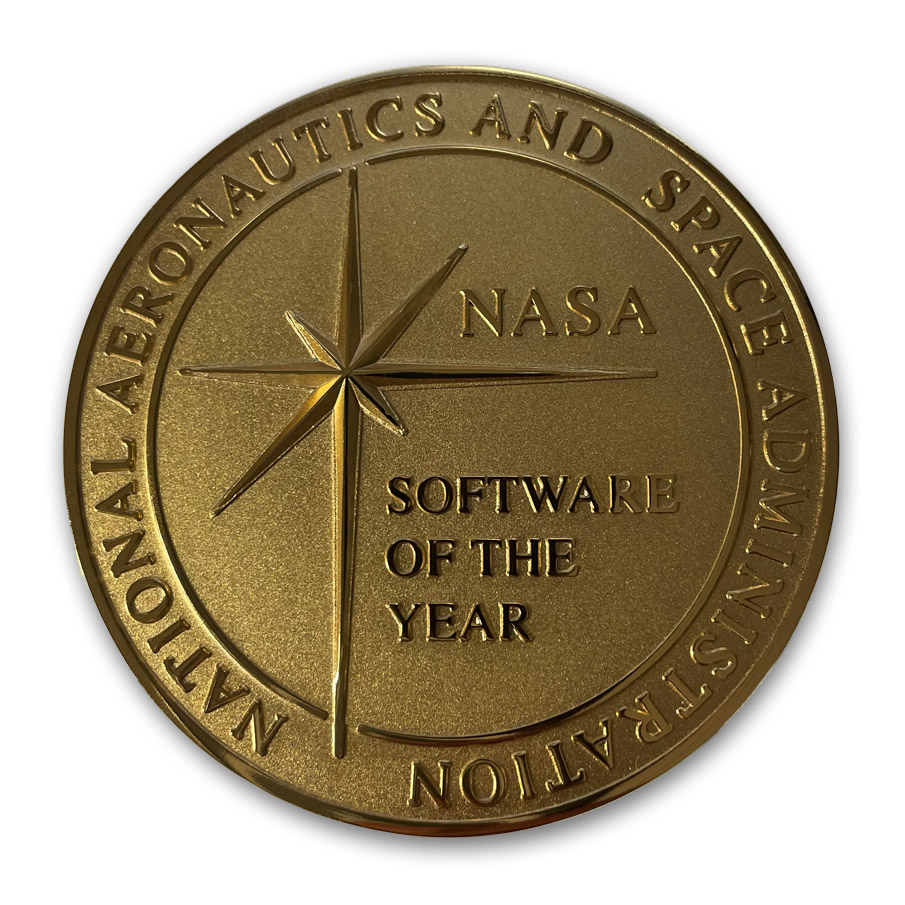3 min read

NASA Johnson Space Center: ORDEM represents the state of the art in orbital debris models intended for engineering analysis. It is a data-driven model, relying on large quantities of radar, optical, in situ, and laboratory measurement data. When released, it was the first software code to include a model for different orbital debris material densities, population models from low Earth orbit (LEO) all the way to Geosynchronous orbit (GEO), and uncertainties in each debris population.
ORDEM allows users to compute the orbital debris flux on any satellite in Earth orbit. This allows satellite designers to mitigate possible orbital debris damage to a spacecraft and its instruments using shielding and design choices, thereby extending the useful life of the mission and its experiments. The model also has a mode that simulates debris telescope/radar observations from the ground. Both it and the spacecraft flux mode can be used to design experiments to measure the meteoroid and orbital debris environments.
ORDEM is used heavily in the hypervelocity protection community, those that design, build, and test shielding for spacecraft and rocket upper stages. The fidelity of the ORDEM model allows for the optimization of shielding to balance mission success criteria, risk posture, and cost considerations.
As both government and civilian actors continue to exploit the space environment for security, science, and the economy, it is important that we track the debris risks in increasingly crowded orbits, in order to minimize damage to these space assets to make sure these missions continue to operate safely. ORDEM is NASA's primary tool for computing and mitigating these risks.
ORDEM is used by NASA, the Department of Defense, and other U.S. government agencies, directly or indirectly (via the Debris Assessment Software, MSC-26690-1) to evaluate collision risk for large trackable objects, as well as other mission-ending risks associated with small debris (such as tank ruptures or wiring cuts). In addition to the use as an engineering tool, ORDEM has been used by NASA and other missions in the conceptual design phase to analyze the frequency of orbital debris impacts on potential in situ sensors that could detect debris too small to be detected from ground-based assets.
Commercial and academic users of ORDEM include Boeing, SpaceX, Northrop Grumman, the University of Colorado, California Polytechnic State University, among many others. These end users, similar to the government users discussed above, use the software to (1) directly determine potential hazards to spaceflight resulting from flying through the debris environment, and (2) research how the debris environment varies over time to better understand what behaviors may be able to mitigate the growth of the environment.
The quality and quantity of data available to the NASA Orbital Debris Program Office (ODPO) for the building, verification, and validation of the ORDEM model is greater than for any other entity that performs similar research. Many of the models used by other research and engineering organizations are derived from the models that ODPO has published after developing them for use in ORDEM.
ORDEM Team
- Alyssa Manis
- Andrew B, Vavrin
- Brent A. Buckalew
- Christopher L. Ostrom
- Heather Cowardin
- Jer-chyi Liou
- John H, Seago
- John Nicolaus Opiela
- Mark J. Matney, Ph.D.
- Matthew Horstman
- Phillip D. Anz-Meador, Ph.D.
- Quanette Juarez
- Paula H. Krisko, Ph.D.
- Yu-Lin Xu, Ph.D.






